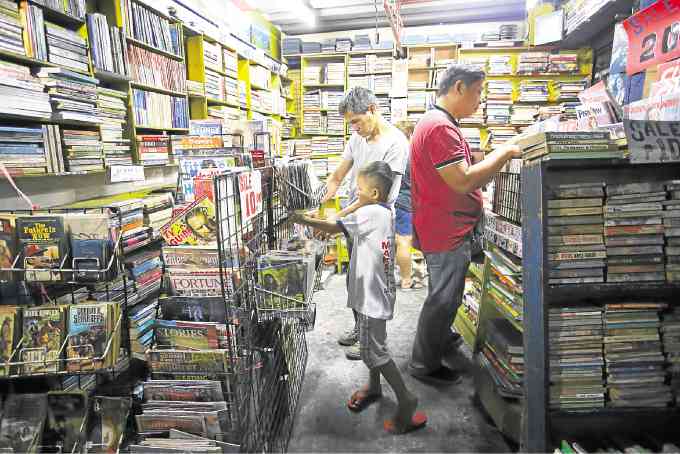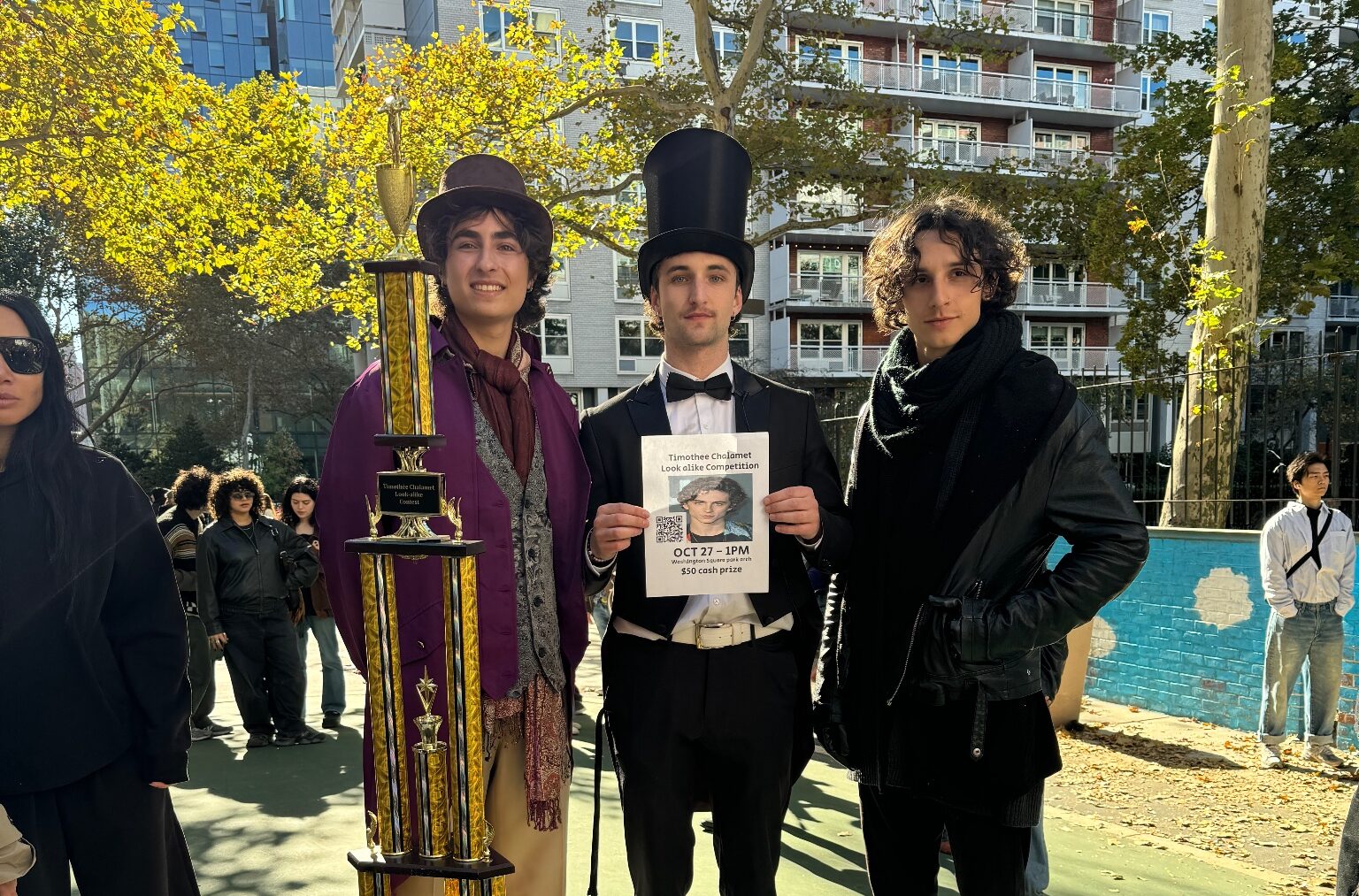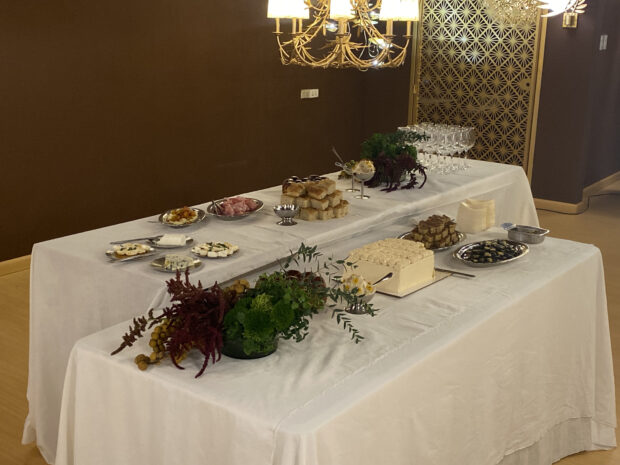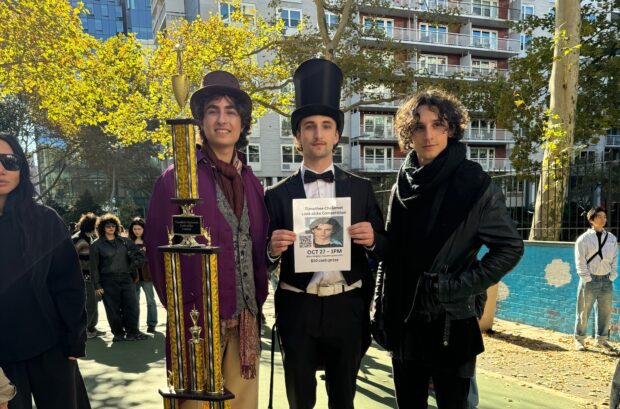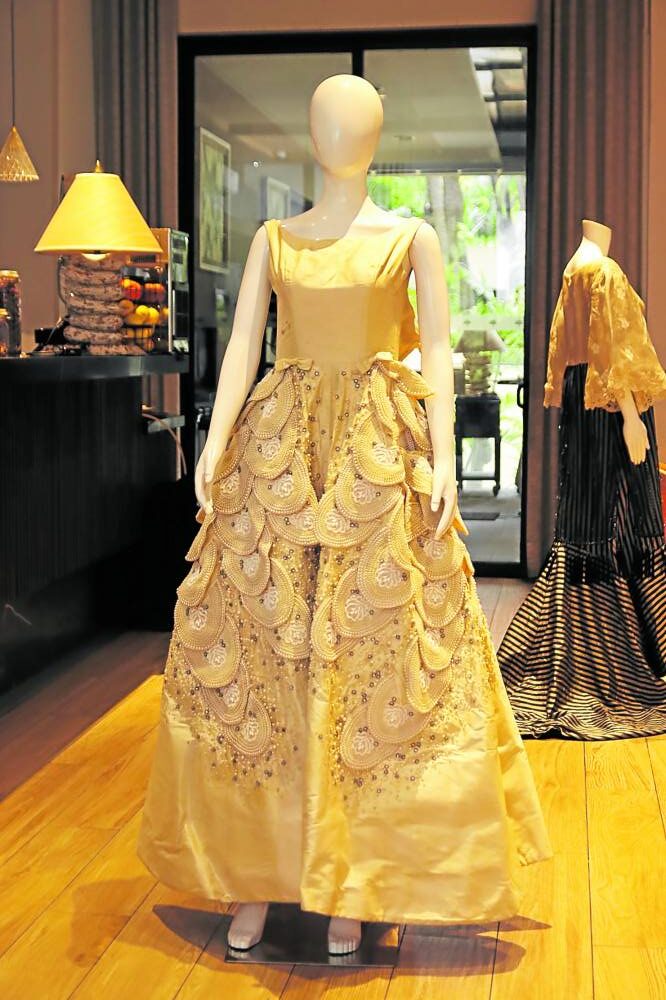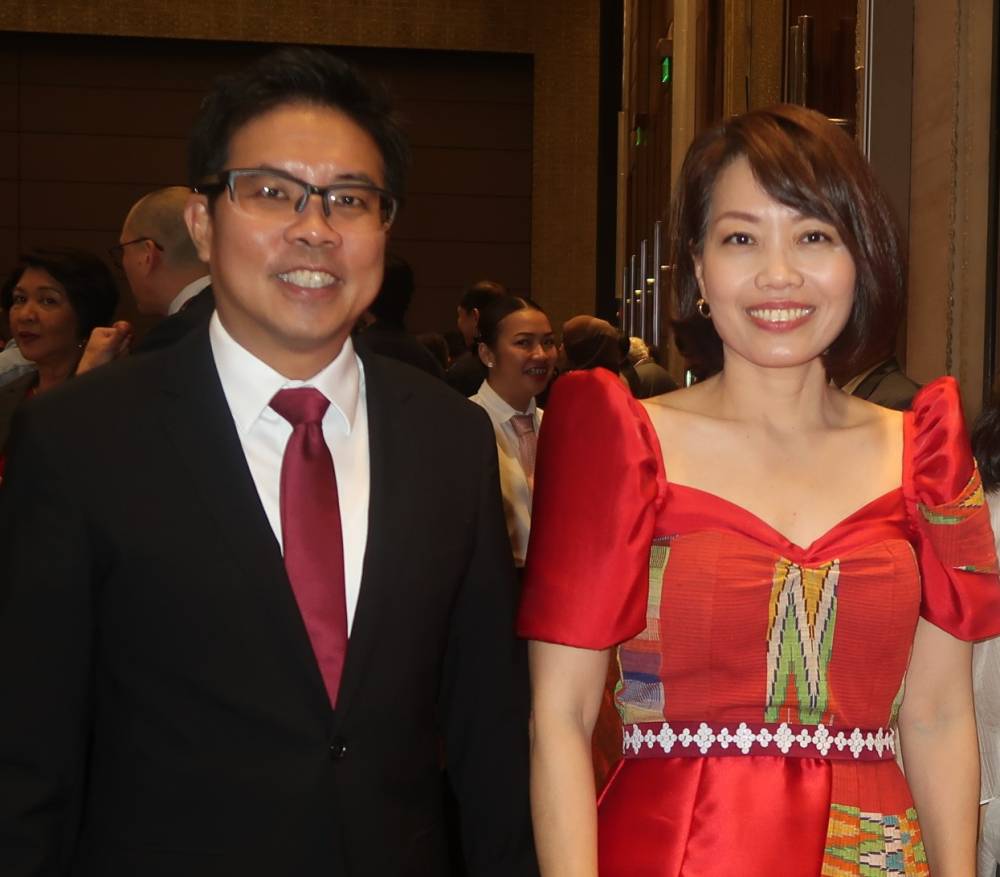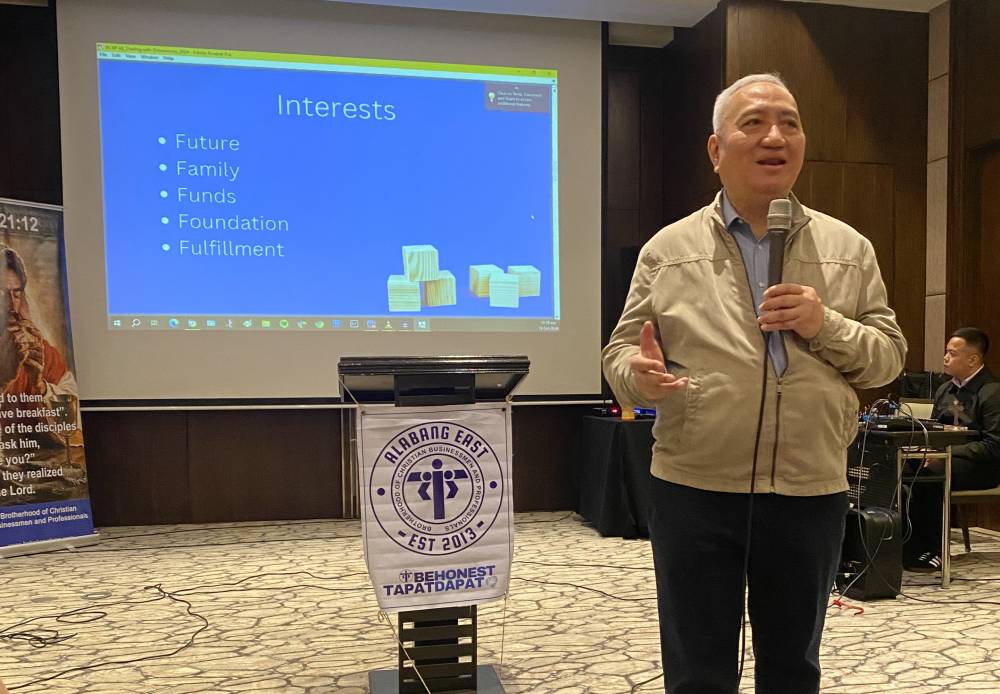Even with the massive amount of entertainment and other distractions around them, Filipinos still savored reading, according to the latest nationwide reading survey. The 2017 National Book Development Board (NBDB) Readership Survey indicated that 80 percent of Filipinos age 18 and older read books.
Survey was commissioned by the NBDB and carried out by the Philippine Statistical Research and Training Institute (PSRTI) at the end of April 2018 covering the 12 months prior. Respondents were about their reading habits over the last 12 months. Polled were 1,200 Filipinos with 300 respondents each from the National Capital Region, Luzon, Visayas and Mindanao.
The reading rate of 80 percent maintains the 80 percent recorded by the last NBDB Readership Survey in 2012.
The Readership Survey results were presented last Sept. 28 at the Luxent Hotel in Quezon City by research project consultant Dennis Mapa, dean of the School of Statistics, University of the Philippines Diliman.
In her remarks, Chair Flor Marie “Neni” Sta. Romana-Cruz of the NBDB said the 2017 survey was special because this was the first survey completely commissioned by the NBDB as the previous survey consisted of rider questions added to another survey. Thus, there were only 70 questions asked in 2012 but 112 in 2017. “The survey is needed as the NBDB endeavors to explore ways for the publishing industry to produce high quality, affordable books accessible to all,” she said. “That and the promotion of reading make up the mission of NBDB, the very reasons for its existence.”
The 80-percent rate of reading nonschool books (books which were not required reading) stopped a decline recorded by previous Readership Surveys. The 2007 Readership Survey recorded a book-reading rate of 83 percent, which was also a decline from the 2002 Readership Survey’s 90 percent.
Print nonschool books still showed strong readership as 76.75 percent of adults polled said they had read a print book in the last year. In the new survey Filipinos said the book they read most often was the Bible, at 72.25 percent, up from 58 percent in 2012. Romance books came in second (25 percent) and books on cooking came in third (21 percent).
Filipino adults still read newspapers (69 percent, up slightly from 2012’s 67 percent) and magazines (48 percent, up from 2012’s 43 percent).
The 2017 Readership Survey was also the first to track readership of alternative reading formats such as e-books and audiobooks. While 11.83 percent of adults have read an e-book in the last year, 3.58 percent listened to an audiobook.
Book prices a major concern
Price remained a concern for readers as the vast majority of respondents (72 percent) said they preferred to purchase print books only up to P199.
The 2017 Readership Survey was also special because it was the first such survey that recorded the reading habits of Filipino children (age 6-17) with a second part of the survey meant for a minor in each polled households. The youth respondents recorded an 84.99 percent reading rate of print books.
The young Filipinos showed a much wider acceptance of the alternative formats as 23.98 percent of children and young adults said they had read an ebook last year while 15.08 percent had listened to an audiobook.
An interesting observation was that Filipino adults said they spent more time reading an ebook (14.03 hours) than they did a print book or audiobook (both 9.39 hours). The youth respondents actually spent more time reading ebooks than their adult counterparts (14.16 hours) even as they spent 12.68 hours on audiobooks and only 8.70 hours on print books. Youth respondents also said TV or Facebook largely determined what they read.
The new survey also tracked the children’s ownership of electronic gadgets, with the Android Smart Phone topping the list at 62.9 percent, followed by the desktop computer at 20.1 percent. Of the apps used for reading, Google Play Books was the most used app at 11.21 percent.
Adults said they started reading at the age of 8.38 years while the youth said they began reading at 6.9 years. The most common factor in encouraging children to read was still parents and teachers.
Why do Filipinos read? The new survey stated most Filipinos read to expand their knowledge (43.83 percent) or to keep up with current events (20.26 percent).
Perhaps the most encouraging result from the 2017 NBDB Readership Survey was that Filipinos said they still enjoyed the experience of reading, whether they were young (96 percent) and grown up (94 percent).
Visit booksphilippines.gov.ph.

